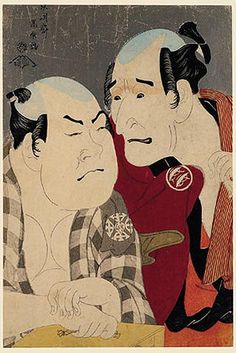How much do you charge?
The Jikishin-Kai International (JKI) is a non-profit §501(c)(3) educational and athletic organisation operated by volunteers from its Dōjō Members for the benefit of our members, so we charge only the lowest fees necessary to fund our basic operations, such as website hosting, printing and mailing of membership materials, maintenance and dissemination of curricula, instructor certification, and any direct travel expenses incurred in providing our member services. By operating so frugally, we are able to charge only $75.00 per year in dues to our Dōjō Members and $25.00 for Individual Members..
Our Dōjō Members provide all direct instruction to our students other than special events held by the JKI, and it is those local dōjō that acquire and maintain the facilities and equipment used in student training. Since costs can vary significantly by location, each member dōjō charges different fees for its instruction and other services. Please contact the dōjō at which you intend to train for its current class offerings and fees. A listing of our Dōjō Members is available here.
>back to top


